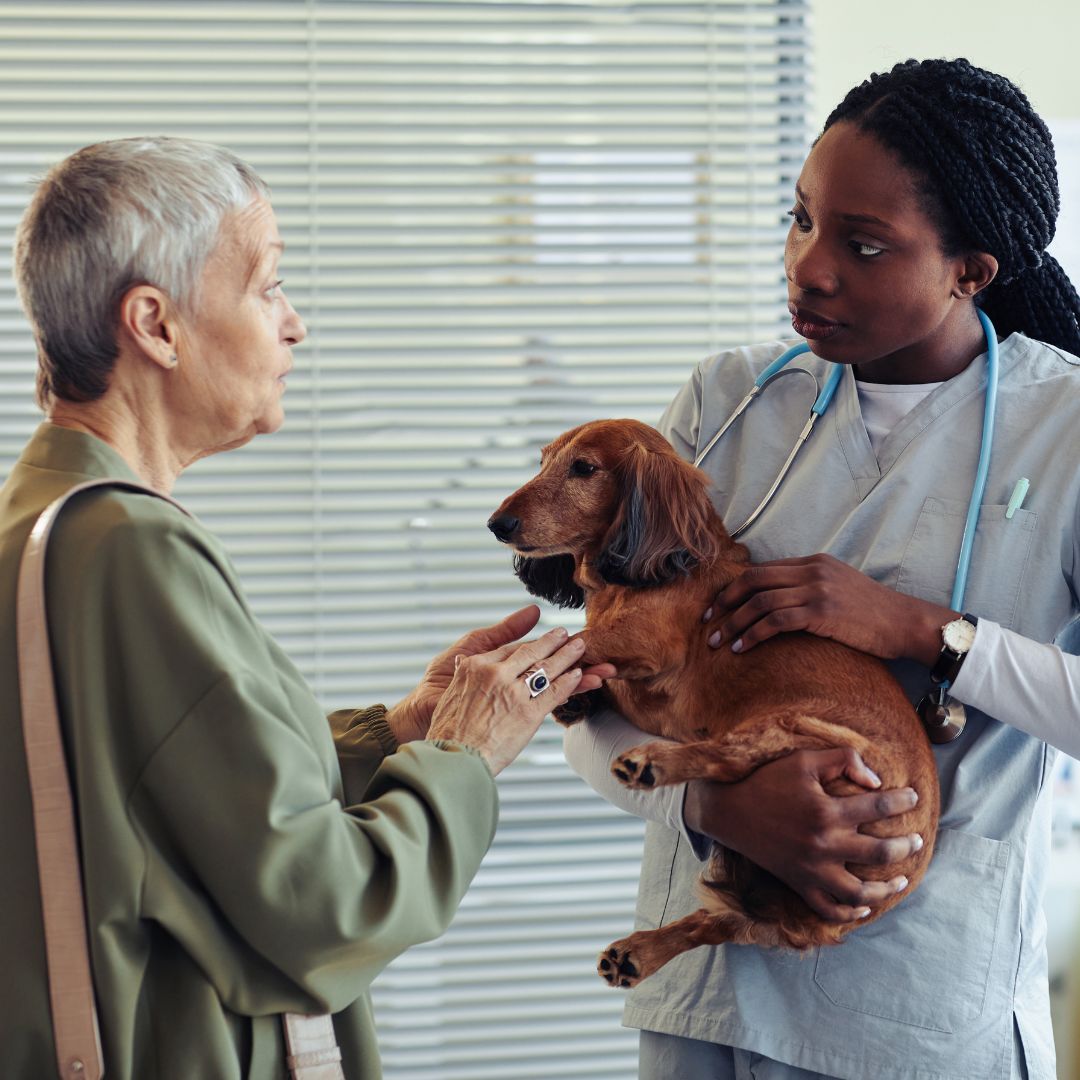You feel empathy for older dogs stuck in a shelter without a forever home. You want to show them the love and companionship that they can’t receive to the max in the shelter. However, when bringing home an elderly dog with a rich history of experiences, emotions, and health complications, you first need to prepare the house to accommodate their needs.
Consult Your Vet for Additional Information
Senior dogs likely have health issues that demand careful attention. Take your dog to the veterinarian for a thorough checkup before bringing them home. During the visit, inquire about any specific health concerns that you should be vigilant about. Seek the vet’s expert advice on suitable nutrition options and any medications your new furry friend may require. This information will make sure your dog receives proper care and attention.
Add Rugs and Nonslip Mats
Many elderly dogs have arthritis or mobility issues. Therefore, they may find it uncomfortable or difficult to walk on slick hardwood or tiled floors. Adding rugs or nonslip mats around the house will make wandering the home much easier on your dog’s body.
Implement Mobility Assistance Tools
Rugs and nonslip mats aren’t the only items you might need to accommodate your elderly furry friend. Based on the vet’s advice, you can get some other items to significantly aid your dog if they have mobility and health complications.
- Pet ramps or steps: These are particularly helpful for dogs that struggle with jumping or climbing onto furniture or vehicles. A ramp or step can help your elderly dog reach their favorite spots without straining their joints.
- Dog wheelchair: Dogs with severe mobility issues will benefit from a dog wheelchair. It will enable them to play and explore freely.
- Harness or lifting aid: A specially designed harness can assist your dog with standing, climbing stairs, and walking. It can also help you lift your dog more safely and comfortably.
Remove Any Potentially Hazardous Items
You might assume that an elderly dog isn’t rambunctious and won’t get into trouble around the house. However, they’re still curious beings that can find and chew things they shouldn’t.
Check for small items that could be choking hazards, like kids’ toys or small decor items. Also, remove any uncovered sharp objects, loose electrical cords, toxic plants, and anything else that would be harmful if your dog ingested it. A safe and secure home will give you peace of mind while your dog roams freely through the house.
Set Up a Sleeping Space
You want to welcome your beloved elderly dog into a warm and inviting environment where they can feel truly at home. Start by setting up a cozy sleeping space in a quiet room or a secluded corner of your house. Choose a comfortable bed that’s designed to manage canine arthritis and provide ample support to their aging joints. Add a soft blanket and a few of their favorite toys, too!
Some dogs prefer a crate or pen; they’re great for providing a sense of security. Keep one on standby just in case your dog needs extra support to feel at ease during the night.
Preparing the house when bringing home an elderly dog is much like preparing for a new puppy. You need to make sure they have a cozy place to sleep and ensure the house is safe and accessible. Making your dog feel comfortable and showing them affection will make this transition smooth for everyone.

